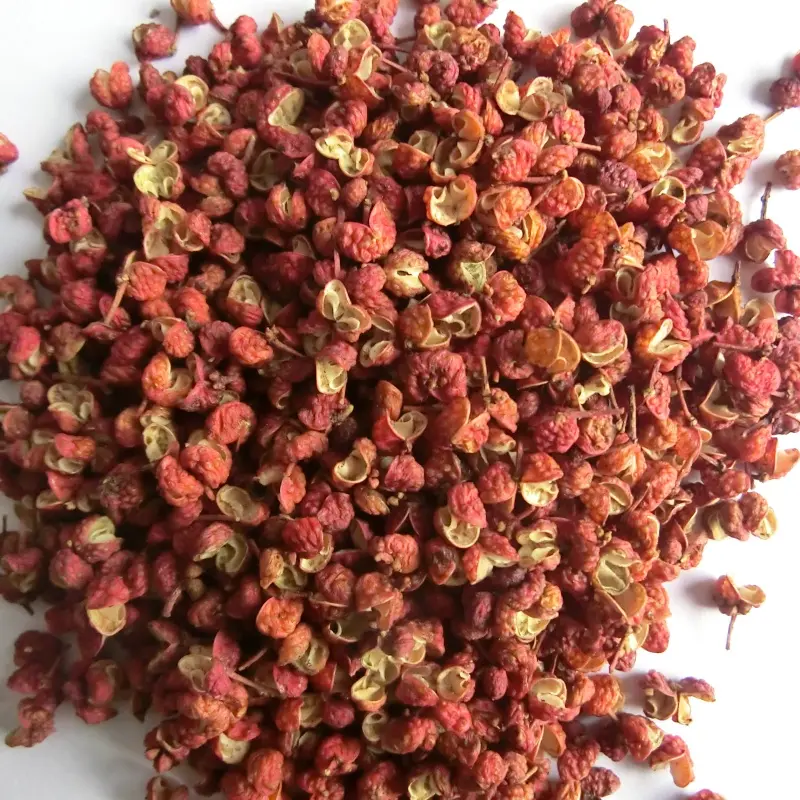Szechuan peppercorn, also known as huā jiāo (花椒), is a unique spice native to the mountainous regions of China, particularly Sichuan, Chongqing, and parts of Yunnan. Unlike typical chili peppers, Szechuan peppercorn is not spicy in the traditional sense. Instead, it delivers a distinctive tingling and numbing sensation known as "málà" when combined with chili, making it an essential ingredient in Sichuan cuisine. Available in two main varieties—red (Zanthoxylum bungeanum) and green (Zanthoxylum armatum)—this spice has long been celebrated for both its culinary and medicinal properties in Chinese cooking.
In recent years, Szechuan peppercorn has made a bold entrance onto the global food stage. From trendy fusion kitchens in New York to Michelin-starred establishments in London, its complex flavor profile has captured the attention of chefs and foodies worldwide. Singapore, with its rich multicultural food heritage and openness to international flavors, has become a natural hub for the rising popularity of this spice. From hotpot chains to upscale restaurants, the “mala” trend has taken hold, signaling a shift in local consumer preferences toward more intense, adventurous flavor experiences.
This article examines the evolving presence of Szechuan peppercorn in Singapore’s culinary and commercial landscape. We will explore how this spice enters the country through various import channels, analyze the current and projected market demand, and evaluate the growth opportunities and challenges facing businesses in this niche sector. As both consumer interest and culinary innovation around Szechuan peppercorn continue to grow, understanding its market dynamics in Singapore becomes increasingly relevant for stakeholders across the food supply chain.
Import Channels
Major Exporting Countries
The primary source of Szechuan peppercorn imported into Singapore is China, particularly the provinces of Sichuan, Chongqing, and Yunnan. These regions are not only the cultural heartland of “málà” cuisine, but also the original terroirs where the highest quality peppercorns are harvested. The climate and soil conditions in these mountainous areas are ideal for cultivating both red and green varieties, making them the most sought-after in the global market.
One prominent Chinese exporter worth noting is Manna Food, a reputable company with many years of experience in the export of premium Szechuan peppercorn. Manna Food is known for its consistent product quality, adherence to international safety standards, and competitive pricing. Its long-standing presence in the industry makes it a reliable partner for international buyers, including those in Singapore. Importers who prioritize quality and sustainability often consider Manna Food a preferred supplier.
Outside of China, emerging exporting countries such as Nepal and India have started entering the market. While these nations do not yet rival China in terms of volume or variety, they are gradually gaining recognition. Nepal, in particular, cultivates a wild variety of peppercorn that is similar in taste to green Szechuan pepper, and it has started appealing to niche markets. India, with its vast agricultural infrastructure, is also beginning to explore peppercorn cultivation and export, although its market share remains relatively small compared to China. Nonetheless, these alternative sources offer potential for diversification, particularly for Singaporean buyers seeking to hedge against supply disruptions or price fluctuations in the Chinese market.
Distribution Channels
Once the peppercorns are sourced and exported, they enter Singapore through a network of importers, wholesalers, and specialized distributors. Many of these distributors operate out of Chinatown, a central hub for ethnic groceries and food service suppliers. In addition, larger food trade companies—some with operations across Southeast Asia—also import bulk quantities of Szechuan peppercorn for distribution to restaurants, retailers, and food manufacturers.
In terms of business models, the distribution of Szechuan peppercorn in Singapore can be categorized into B2B (Business-to-Business) and B2C (Business-to-Consumer) channels:
B2B Channels: These primarily serve the hospitality and food service sector, including hotpot restaurants, mala snack shops, Chinese catering businesses, and central kitchens. Large-scale buyers typically purchase in bulk and prefer to work with reliable importers who offer quality assurance, traceability, and timely delivery. Some restaurants may even establish direct relationships with overseas suppliers to negotiate better rates or exclusive supply agreements.
B2C Channels: With the rise of home cooking and food adventurism, Szechuan peppercorn is now also widely available to the everyday consumer. Retail supermarkets such as NTUC FairPrice, Sheng Siong, and Cold Storage occasionally stock dried Szechuan peppercorns or related mala seasoning products. More specialized options are found in ethnic grocery stores and online platforms like Shopee, Lazada, and RedMart, where consumers can purchase premium peppercorns, mala spice blends, and infused oils. Packaging in this segment is often consumer-friendly—ranging from resealable pouches to ready-to-use spice kits, appealing to home cooks and food enthusiasts.
Some small-scale entrepreneurs and spice brands have also emerged in Singapore, focusing on niche or artisanal mala products, such as flower pepper-infused oil or mala sauces. These ventures often rely on social media for marketing and build direct relationships with suppliers in China or intermediary importers locally.
Regulatory & Logistical Considerations
Importing Szechuan peppercorn into Singapore requires adherence to strict food safety regulations and import procedures, as governed by the Singapore Food Agency (SFA). All food imports must comply with the Sale of Food Act and Food Regulations, which cover everything from pesticide residues to microbial contamination and labeling requirements.
Specifically, peppercorns are subject to screening for contaminants such as aflatoxins, pesticide residues, and heavy metals. The SFA also monitors imports for banned substances and requires that all imported food products be traceable. This means that importers must maintain documentation on the source, batch, packaging, and handling processes involved. To ensure compliance, many reputable importers in Singapore work only with certified suppliers who can provide test reports, phytosanitary certificates, and HACCP documentation.
In addition to food safety, customs clearance and logistics play a vital role in ensuring that peppercorns arrive in good condition. Dried spices are typically shipped in sealed, moisture-proof containers and require careful handling to maintain freshness and aroma. Depending on the volume, peppercorns may arrive via air freight for smaller, high-value shipments, or sea freight for larger bulk imports.
Storage conditions also matter. Although dried peppercorns have a relatively long shelf life, they must be kept in cool, dry, and pest-free environments. Improper storage can result in loss of aroma, discoloration, or mold contamination—factors that directly affect quality and market value. Some importers have their own warehousing facilities, while others work with third-party logistics (3PL) companies specializing in food-grade storage.
Packaging is another key logistical concern, especially for the B2C market. Retail-ready packaging must be tamper-evident, clearly labeled, and comply with language and nutritional labeling standards. Singapore requires ingredient lists in English and sometimes mandates allergen declarations, which apply to spice blends containing potential allergens or additives.
Furthermore, there is growing interest among importers and food companies in adopting sustainable packaging and eco-friendly logistics, driven by both regulatory pressure and consumer expectations. Vacuum-sealed pouches, recyclable materials, and carbon-neutral shipping options are slowly gaining traction in the spice trade.
In summary, the import and distribution of Szechuan peppercorn in Singapore is a well-developed yet evolving system. Dominated by Chinese exports—especially from Sichuan—this supply chain is supported by a network of experienced importers, specialized distributors, and a mix of B2B and B2C channels. However, strict regulatory requirements and complex logistics mean that only those with robust supply chain management can thrive in this competitive market. As the demand for mala flavors continues to grow, so too will the sophistication and scale of Singapore’s Szechuan peppercorn trade.
Market Demand
Culinary Trends in Singapore
In recent years, Singapore’s food scene has witnessed a surge in popularity of mala-inspired dishes. Signature items like mala hotpot, mala xiang guo (spicy dry pot), and mala crayfish have become staples in both hawker centers and mid-tier restaurants. The flavor profile—characterized by a unique combination of numbing heat and aromatic spice—has captured the attention of adventurous eaters and spicy food enthusiasts.
This trend is particularly driven by younger demographics, who are increasingly open to bold and unconventional flavors. Social media has played a major role in amplifying the mala craze, with viral food challenges and influencer reviews showcasing increasingly spicy dishes. At the same time, mala flavors have expanded beyond traditional Chinese settings and into fusion cuisines, with items like mala burgers, pasta, and even mala-infused cocktails appearing on menus across the city. This growing cultural relevance has made Szechuan peppercorn a sought-after ingredient in Singapore’s evolving culinary landscape.
Key Consumers & Sectors
The demand for Szechuan peppercorn is reflected across multiple sectors:
Foodservice Industry:
The largest consumers of Szechuan peppercorn are hotpot restaurants, Chinese casual dining chains, and fusion restaurants. These establishments rely on consistent bulk supplies of red or green peppercorns for their broths, sauces, and stir-fried dishes. Some restaurants even specify the variety and origin of their peppercorns to emphasize quality and authenticity.
Retail Consumers:
With the rise of home cooking, Szechuan peppercorn has become increasingly accessible to general consumers. Major supermarket chains like NTUC FairPrice, Sheng Siong, and Giant carry basic spice packs, while premium products and specialty varieties are sold through e-commerce platforms such as Shopee, Lazada, and RedMart. Online listings often highlight origin, flavor notes, and freshness—catering to more discerning buyers.
Food Delivery Platforms:
On platforms such as GrabFood, Deliveroo, and Foodpanda, mala dishes consistently rank among the top searches. Restaurants featuring Szechuan-style dishes often highlight the use of authentic peppercorns, with customer reviews and spicy-level options adding to the popularity. This shows a strong and sustained demand for mala cuisine in both dine-in and delivery formats.
Pricing & Product Types
Szechuan peppercorn products in Singapore vary in variety, price point, and packaging format, tailored to both B2B and B2C markets.
Red Peppercorn (Zanthoxylum bungeanum):
More common and widely used in commercial kitchens, red peppercorns are appreciated for their robust aroma, warming spice, and numbing intensity. They are often used in hotpot broth bases, mala sauces, and meat marinades.
Green Peppercorn (Zanthoxylum armatum):
Less common and considered more premium, green peppercorns have a citrusy, floral flavor and a lighter, tingling sensation. These are popular in modern Chinese and fusion cuisine where a more refined spice profile is desired.
Product Types:
Products are sold in bulk loose form for restaurants, resealable retail packs for home consumers, and value-added products like Szechuan peppercorn oil, mala seasoning powder, and mala snacks. The quality of packaging plays a critical role in preserving aroma and freshness.
Below is a pricing and packaging comparison based on market observation:
Table: Szechuan Peppercorn Product Comparison in Singapore (Retail & Wholesale)
| Product Type | Variety | Target Market | Packaging Format | Average Price (SGD) | Notes |
|---|---|---|---|---|---|
| Whole Peppercorn (Bulk) | Red | B2B (restaurants) | 500g – 5kg bags | $20 – $75 per kg | Popular for hotpot and mala kitchens |
| Whole Peppercorn (Retail) | Red | B2C (home consumers) | 50g – 100g pouches | $4.50 – $8 per 100g | Widely available in supermarkets & ethnic stores |
| Whole Peppercorn (Premium) | Green | B2B/B2C (gourmet/fusion) | 100g vacuum packs | $10 – $15 per 100g | Imported from Sichuan, more fragrant & citrusy |
| Szechuan Peppercorn Oil | Red or Mixed | B2C (retail/specialty) | 100ml – 250ml bottles | $6 – $15 per bottle | Popular as finishing oil or dipping condiment |
| Mala Spice Mix | Blended (with chili) | B2C (home cooks) | 30g – 80g sachets | $2 – $5 per sachet | Convenient, ready-to-use |
As the Singaporean market matures, consumer expectations around quality, flavor specificity, and packaging continue to rise. Premium brands emphasize origin transparency, aromatic strength, and even organic certification, while budget-friendly products target volume buyers and mass consumers.
Whether in professional kitchens or home pantries, Szechuan peppercorn has moved beyond novelty status—it is now a staple spice that is being refined, repackaged, and reinvented to meet diverse culinary demands in Singapore.
Future Growth Opportunities
Market Expansion Potential
The growing popularity of Szechuan peppercorn in Singapore’s food culture signals strong potential for further market expansion. Leading Chinese hotpot chains such as Hai Di Lao, Xiao Long Kan, and Shu Da Xia continue to open new outlets across the island, with consistent demand for authentic mala flavors. These brands have built a loyal customer base and play a pivotal role in maintaining a steady demand for high-quality Szechuan peppercorn.
In addition to foreign brands, there is increasing room for local Singaporean F&B companies to develop their own peppercorn-based products. Local sauce brands and spice producers may begin to introduce ready-to-use mala hotpot bases, peppercorn-infused chili oils, and instant mala stir-fry kits, tailored to local tastes and cooking habits. As more Singaporean consumers experiment with cooking mala dishes at home, the demand for such convenient, high-quality, and well-branded products will likely increase.
There is also potential for cross-border e-commerce expansion, where Singapore-based retailers and producers can export localized mala products to neighboring Southeast Asian countries, riding on regional familiarity with spice and bold flavors.
Innovation & Localization
One of the most promising growth areas lies in innovation and fusion. As the Singaporean food scene is known for its multicultural diversity, there is growing interest in combining Szechuan peppercorn with local ingredients and iconic dishes. Creative reinterpretations could include dishes like Chili Crab with Szechuan Peppercorn, Bak Kut Teh with a mala twist, or Laksa mala—each offering a fresh take on familiar favorites.
Restaurants specializing in fusion cuisine and modern Asian fare are already leading the way. Szechuan peppercorn is being integrated into non-traditional formats such as peppercorn aioli, mala pasta, and Szechuan-spiced cocktails, particularly in fine dining and hipster cafés catering to young professionals and adventurous diners.
Furthermore, Singapore’s open and experimental food culture makes it a fertile ground for product innovation beyond restaurants. For example, local food tech startups might explore snack products, plant-based mala meats, or Szechuan-flavored seasoning powders designed for meal kits or fast casual dining. With the right marketing and flavor calibration, such products could even gain traction in international markets.
Challenges & Risks
Despite the growth potential, several challenges and risks need to be carefully managed.
First, the price volatility of raw Szechuan peppercorn can affect supply stability, particularly as demand grows. Factors such as climate change, regional harvest fluctuations in China, and export regulations can all contribute to cost unpredictability. Retailers and restaurants relying on imported peppercorn may experience tighter margins or be forced to compromise on quality.
Second, as Szechuan peppercorn becomes more widely consumed, concerns around food safety and allergens may increase. Some individuals may experience allergic reactions to compounds found in peppercorns, and improper storage can lead to issues like aflatoxin contamination or loss of aroma. Regulatory oversight from Singapore’s SFA (Singapore Food Agency) will remain important to ensure consumer safety, especially for imported bulk ingredients and processed products.
Lastly, there is the risk of market fatigue or saturation. As the mala trend becomes mainstream, consumers may become desensitized to its novelty. If innovation slows and product quality varies widely, the market may face demand stagnation. To counter this, brands must continuously refresh their offerings and deepen customer engagement through storytelling, education (e.g., tasting notes, sourcing transparency), and personalization (e.g., customizable spice levels).
Overall, while the Szechuan peppercorn market in Singapore is maturing, it remains dynamic and full of opportunity. The key to sustained growth will lie in balanced supply chains, thoughtful innovation, and responsible product development—blending tradition with creativity, and flavor with trust.
Conclusion
Szechuan peppercorn has evolved from a niche ethnic spice into a key player in Singapore’s vibrant and ever-adaptive culinary scene. Once limited to traditional Chinese restaurants, it now features across hotpot chains, fusion menus, retail shelves, and home kitchens. Its unique numbing sensation and aromatic complexity have captured the palates of adventurous young consumers and seasoned food lovers alike.
Looking ahead, the market for Szechuan peppercorn in Singapore is poised for steady growth—driven by expanding Chinese cuisine brands, rising local product innovation, and continued interest in bold, experiential flavors. However, this momentum must be supported by stable supply chains, quality assurance, and creative adaptation to evolving consumer preferences.
For F&B businesses, the opportunity is clear: leverage the popularity of mala to differentiate menus, experiment with fusion applications, or even develop signature peppercorn-based products. Whether through limited-edition sauces, mala-inspired snacks, or immersive dining experiences, brands that embrace the mala wave with authenticity and innovation are well-positioned to win over a spice-loving audience in Singapore and beyond.

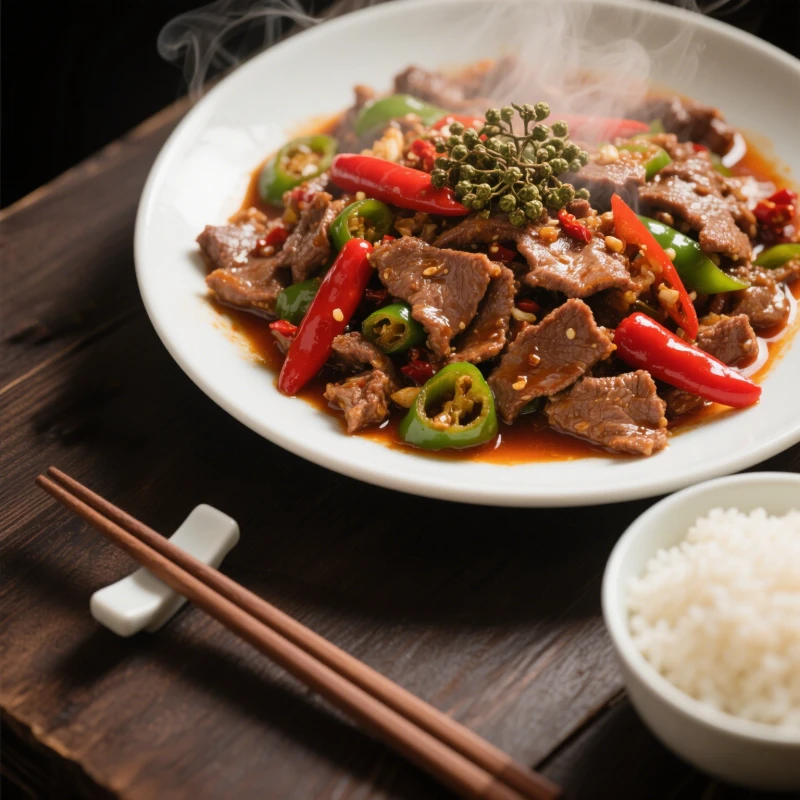
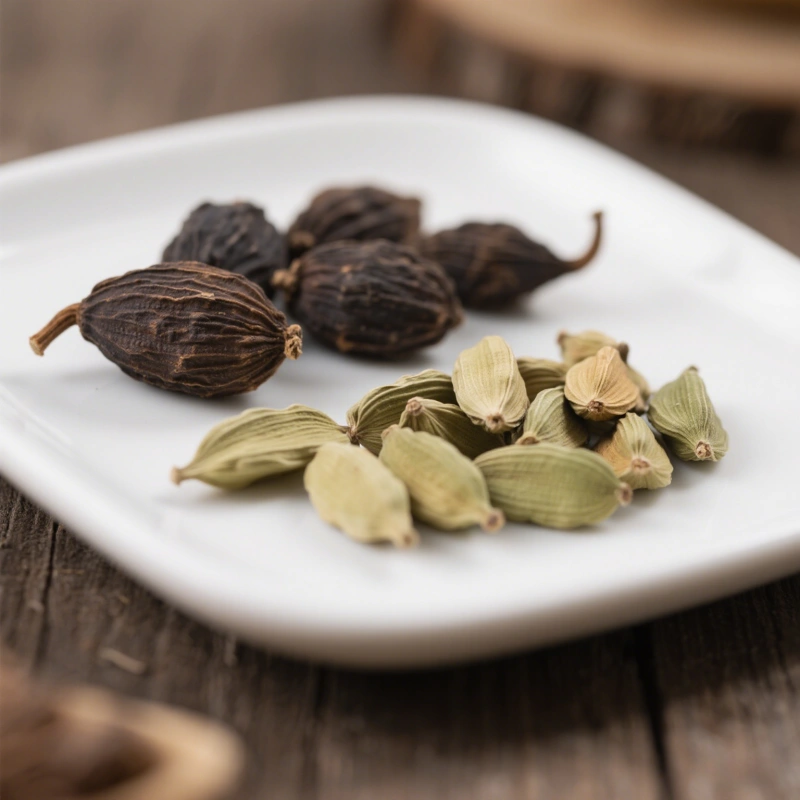
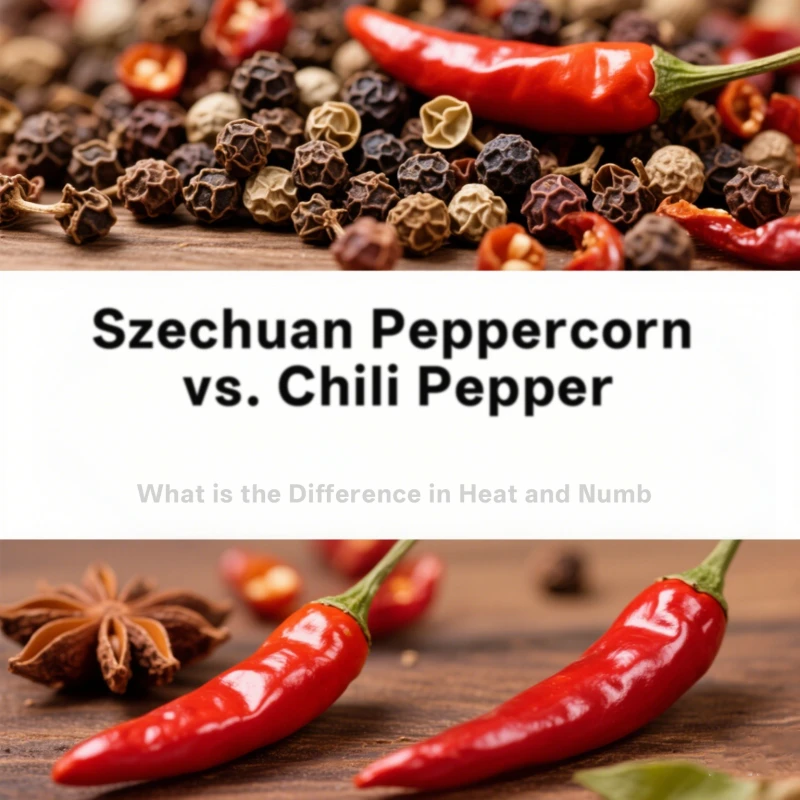
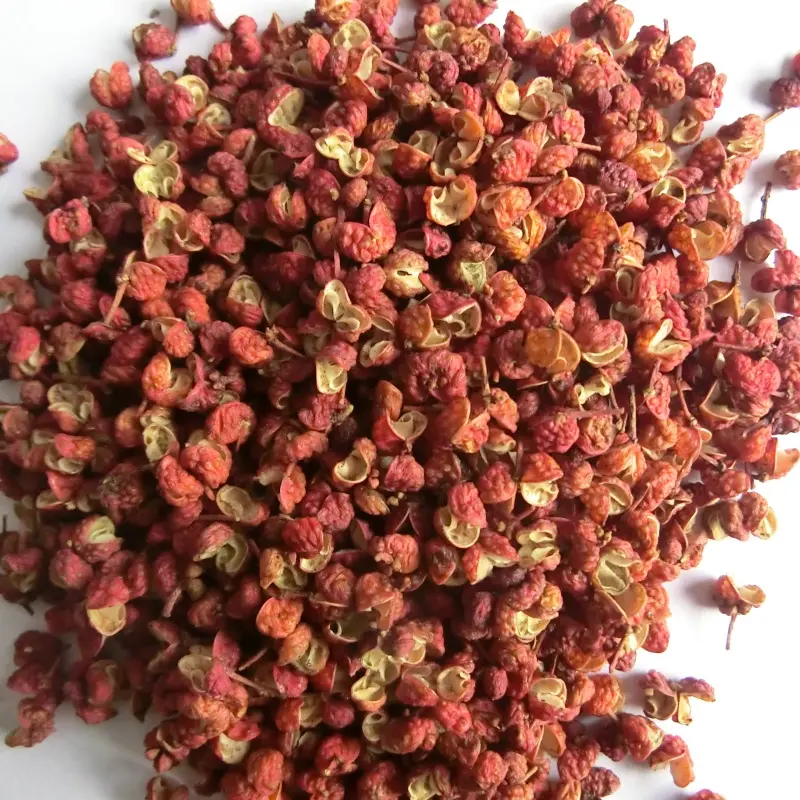
811.webp)

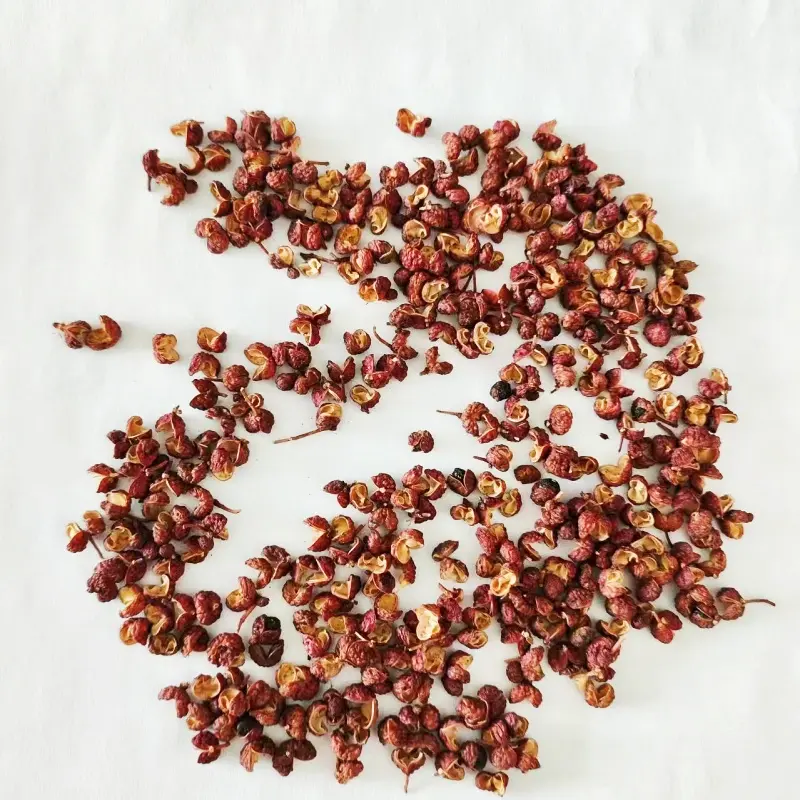
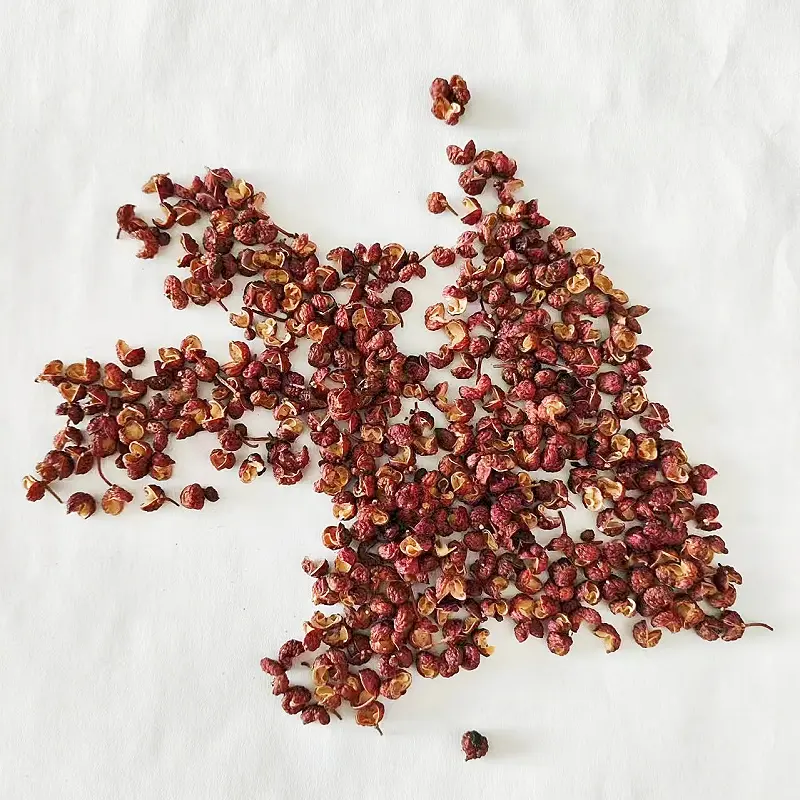
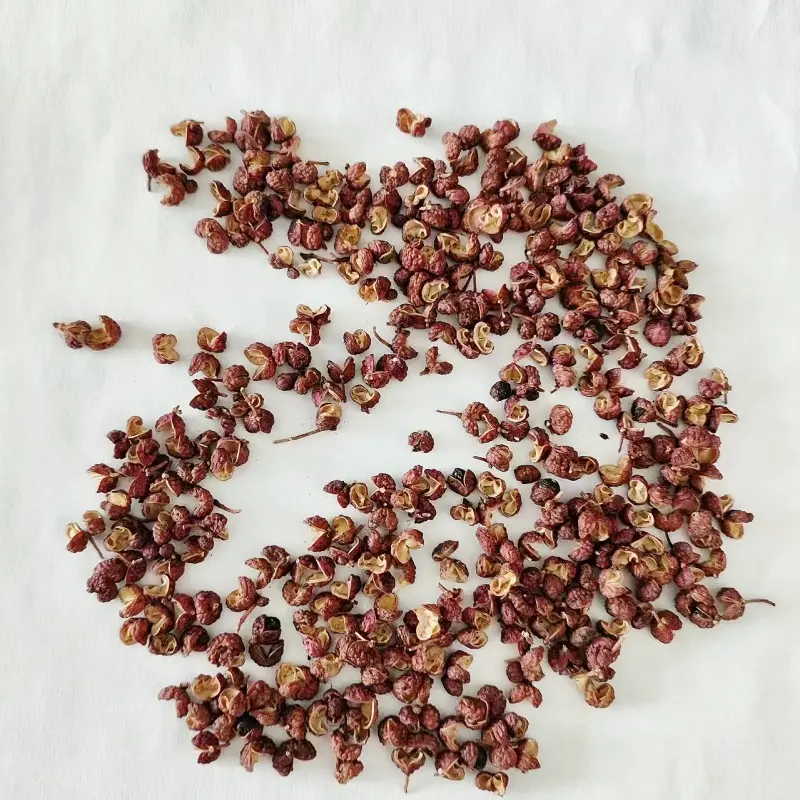
114.webp)
